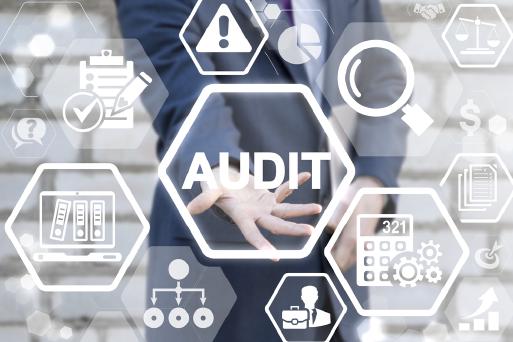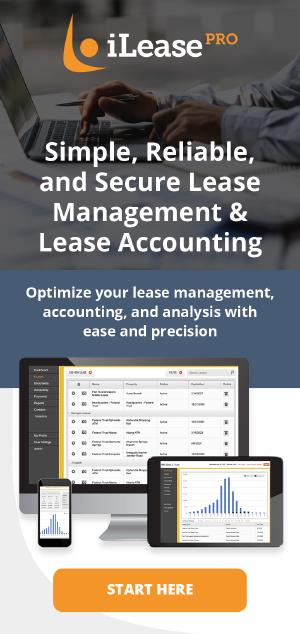Your Guide to ASC 842 Lease Accounting Audits

When an auditor evaluates a company's implementation of ASC 842 lease accounting, they generally follow a series of steps to ensure compliance when performing a lease accounting audit. These steps may vary slightly depending on the specific circumstances of the company and the auditor's approach. However, a general process is as follows:
- Understand the entity's leasing arrangements: The auditor should review the company's leasing contracts and gain a deep understanding of the nature of the arrangements, as well as any related policies and procedures.
- Evaluate the lease identification process: The auditor should assess the company's process for identifying leases and ensuring that all lease contracts are properly accounted for under ASC 842.
- Review lease classification: The auditor should review the company's methodology for
classifying leases as either operating or finance leases. This involves evaluating whether the lease meets any
of the following criteria:
- The lease transfers ownership of the underlying asset to the lessee by the end of the lease term.
- The lease grants the lessee an option to purchase the underlying asset that the lessee is reasonably certain to exercise.
- The lease term is for the major part of the remaining economic life of the underlying asset.
- The present value of the sum of the lease payments and any residual value guaranteed by the lessee equals or exceeds substantially all of the fair value of the underlying asset.
- The underlying asset is of such a specialized nature that it is expected to have no alternative use to the lessor at the end of the lease term.
- Assess lease recognition and measurement: The auditor should verify the accuracy and completeness of the company's calculations of lease liabilities and right-of-use (ROU) assets. This includes reviewing the company's assumptions, such as the discount rate, lease term, and any variable lease payments.
- Test lease-related balances and disclosures: The auditor should perform substantive testing of lease-related balances, such as ROU assets, lease liabilities, and lease expenses. Additionally, the auditor should assess the completeness and accuracy of the company's lease-related disclosures, as required by ASC 842.
- Evaluate internal controls: The auditor should assess the effectiveness of the company's internal controls surrounding the lease accounting process, including the identification, classification, recognition, measurement, and disclosure of leases.
- Assess the impact of any lease modifications or reassessments: The auditor should review any lease modifications or reassessments that occurred during the audit period to ensure they have been accounted for correctly under ASC 842.
- Obtain management representations: The auditor should obtain written representations from management confirming the completeness and accuracy of the company's lease accounting and disclosure under ASC 842.
- Conclude on the audit: Based on the lease accounting audit procedures performed and the evidence obtained, the auditor should determine whether the company's lease accounting and disclosures are in compliance with ASC 842 and whether any adjustments or modifications are necessary.



